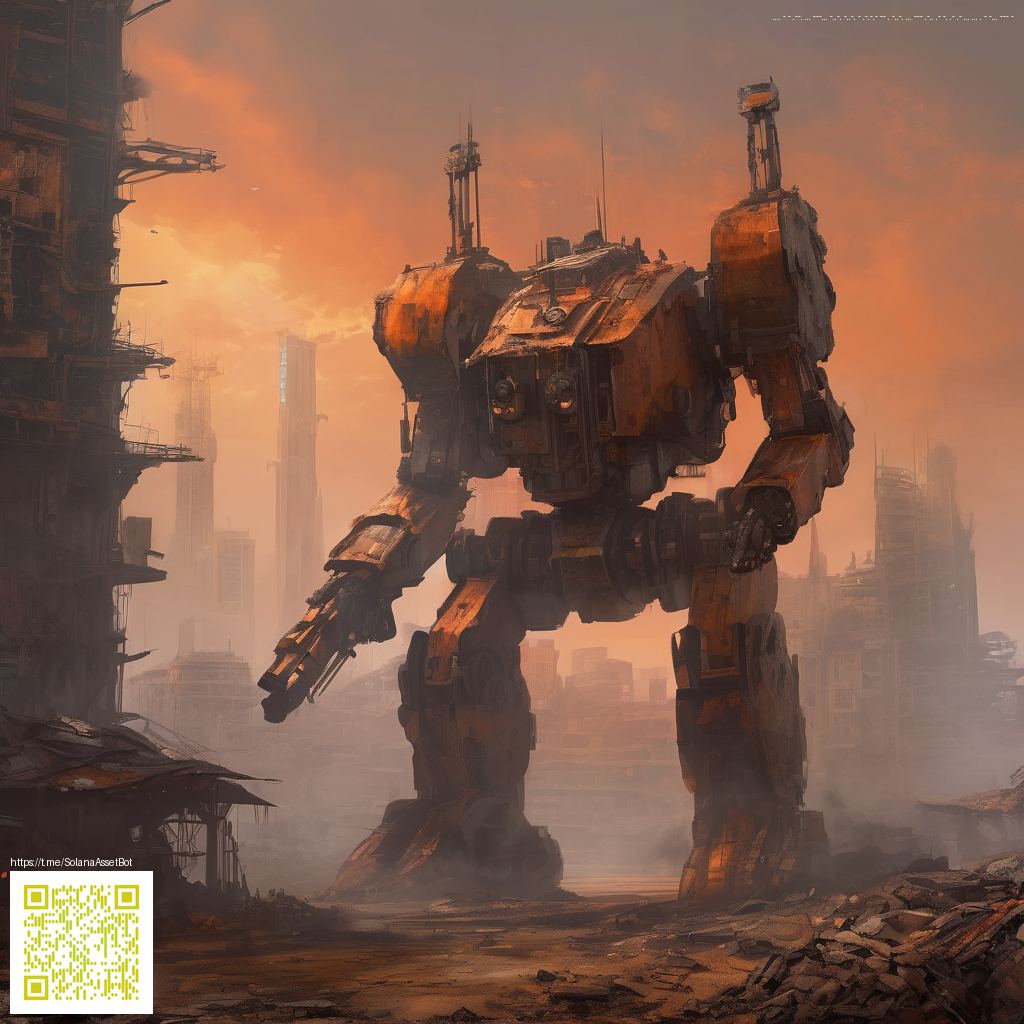
Understanding Layer Masks for Realistic Paper Folds
Layer masks in Photoshop offer precise control over which parts of a layer are visible, making them ideal for simulating the subtle geometry of a folded sheet. The goal is to create a convincing crease that interacts with light as a real piece of paper would: the edge catching highlights, the underside absorbing a touch of shadow, and the surrounding surface subtly warped by perspective. Rather than painting a single line of exposure, think in terms of a small, believable ecosystem of masks, shading, and texture that work together to sell the fold.
Step-by-step approach
Begin with a flat base layer that represents your paper. Create a new layer for the fold and add a layer mask. Using a soft brush with low opacity, paint along the imagined crease to establish the rough boundary of the fold. Remember that folds aren’t razor-thin; the transition should blanket the adjacent areas with a gentle falloff. Build up the mask gradually, checking the effect from multiple angles to ensure the crease remains readable under different light directions.
- Use a Multiply or Overlay layer to introduce the shadow around the crease. Keep the shadow soft rather than hard to mimic the diffuse reflection you’d expect from a real surface.
- Paint highlights on a separate screen or color dodge layer along the outer edge of the fold. The highlight should kiss the edge without overpowering the surrounding texture.
- Warp the fold area slightly to align with your scene’s perspective. Tiny adjustments in Warp or Liquify can prevent the fold from looking flat or unrealistic.
- Add a touch of grain or paper texture on a low-opacity layer to replicate fiber and minor imperfections that real-world paper exhibits.
Tip: The most convincing folds arise from balancing light and shadow in small, deliberate degrees. When you overbolden the shading, the fold reads as paper-laminate rather than a natural crease. Layer by layer, you’ll achieve a more organic result.
Lighting, shadows, and texture
Light direction is everything. A diagonal light path tends to produce more dramatic, believable folds because it creates distinct highlights and shadows along the creased edge. If your scene has a soft, even light, you’ll need to emphasize the mask transitions with subtler shading and a slightly more pronounced texture to prevent the fold from vanishing against the surface. A good trick is to apply a gentle gradient map to a dedicated lighting layer, simulating how a real sheet would catch ambient reflections from nearby objects.
Texture is the unsung hero of realism. A crisp vector edge can look out of place on a folded sheet, whereas a fine fabric-like or paper grain texture makes the surface feel tactile. Try blending techniques such as overlay or soft light with a carefully masked texture to keep the fold believable without creating an overpowering pattern. If you’re sharing your workflow with others, capture the steps in a clear timeline: base layer, fold mask, shadow pass, highlight pass, texture pass, and final color grading. This sequence helps keep the folds consistent as you iterate on variations.
Practical workflow for convincing folds
- Prepare your canvas with a neutral paper texture as the base.
- Create a new layer and sketch the fold’s approximate line, then mask it with a soft brush to form a gentle boundary.
- Add a shadow pass around the fold using a Multiply layer, adjusting opacity to taste.
- Paint a refined highlight along the fold’s outer edge on a separate layer with a light brush.
- Apply a subtle texture and verify the fold across different lighting angles. Tweak masks until the result reads as natural under both close inspection and distant viewing.
As you refine your process, you might think about how your creative environment influences your work. For example, a clean, distraction-free desk setup can help you focus on the task at hand. If you’re curating your workspace with purpose, you might consider a desk accessory like the Neon Desk Mouse Pad—a practical addition that complements long sessions of precise image editing.
For further ideas and variations on paper folds, exploring different angles and textures can spark new outcomes. A related collection of tutorials and samples is available here: https://topaz-images.zero-static.xyz/e30cb4f8.html.